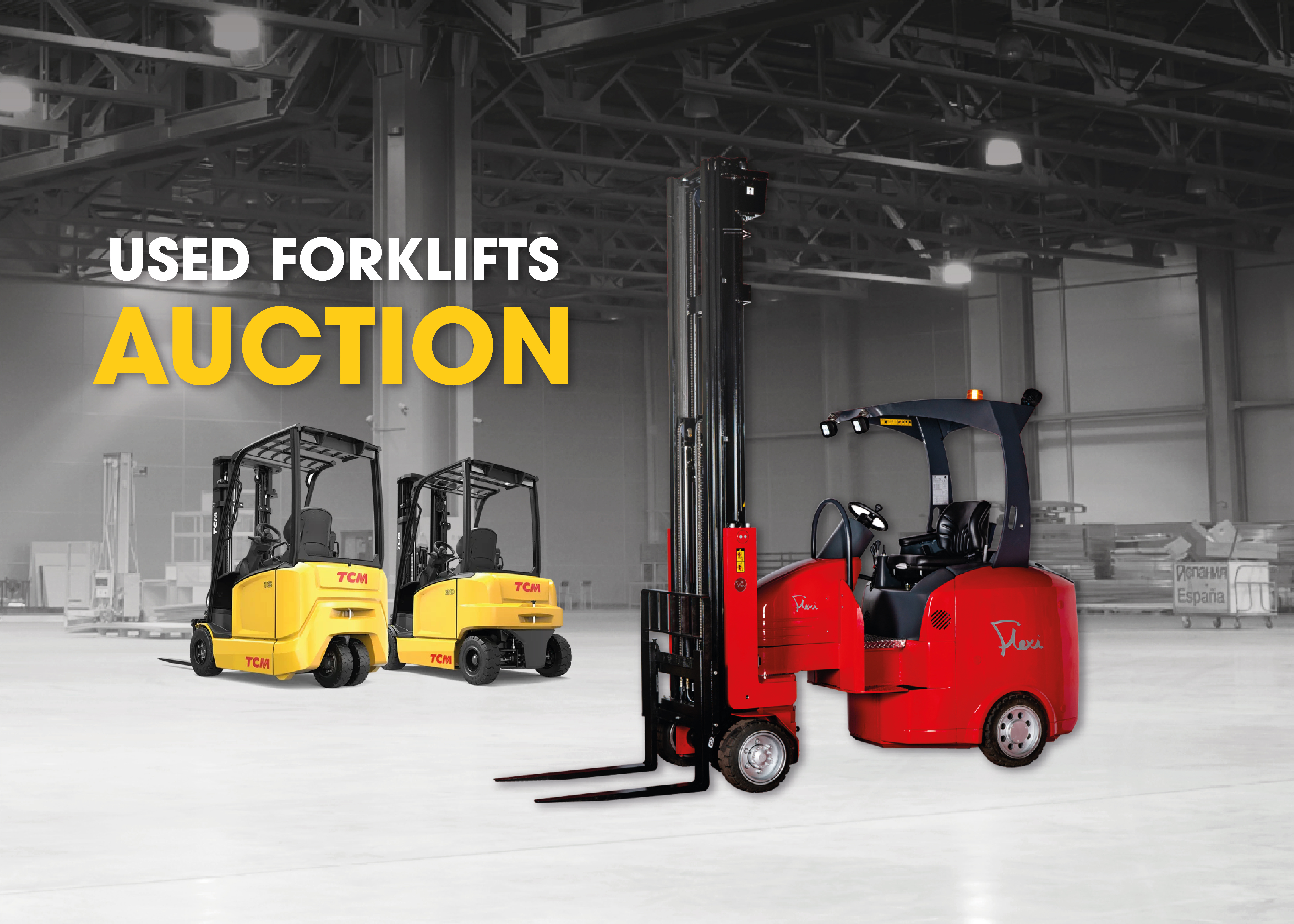Forklifts are an essential part of many industries, allowing workers to lift and move heavy materials with ease. However, as with any machinery, forklifts can be dangerous if not handled properly. This is why it's crucial to prioritize safety when operating a forklift. In this blog, we will discuss the best practices for forklift safety and common mistakes to avoid.
Best Practices for Forklift Safety:
-
Proper Training: Before operating a forklift, it's essential to undergo proper training. The training should cover forklift operation, load capacity, inspection, maintenance, and safety protocols. It's crucial to ensure that all operators are properly trained and certified before operating a forklift. Check out our fully accredited training courses here and our frequently asked questions blog on material handling training.
-
Inspection: Inspect the forklift before each use to ensure that it is in proper working condition. Check for any damages, leaks, or malfunctions. This includes checking the brakes, tires, steering, and hydraulics. If any issues are found, report them immediately and do not use the forklift until repairs have been made. Check out our blog on the importance of pre-operation checks to your forklift equipment. Read now.
-
Load Capacity: Do not exceed the maximum load capacity of the forklift. Overloading the forklift can cause it to tip over or lose stability. The load capacity should be clearly marked on the forklift, and operators should be trained on how to properly calculate the weight of the load.
-
Speed Control: Drive at a safe and controlled speed. Do not operate the forklift at high speeds or make sudden turns as it can cause accidents. It's crucial to maintain a safe distance from other workers and objects to avoid collisions.
-
Clear Visibility: Keep the load low enough to ensure clear visibility of the path ahead. If the load obstructs the view, use a spotter to guide you. It's crucial to have a clear line of sight to avoid collisions with other workers, machinery, or objects.
-
Seatbelt: Always wear the seatbelt when operating the forklift. In case of an accident or tip-over, the seatbelt will keep you safe and secure. It's essential to ensure that the seatbelt is properly fastened and adjusted for a secure fit.
-
Parking: Park the forklift in a designated area after use. Engage the parking brake, lower the forks, and turn off the engine. Ensure that the area is clear of any obstructions or hazards before parking the forklift.
Forklift safety is essential in the workplace. By following the best practices and avoiding common mistakes, workers can ensure their safety and prevent accidents. Remember to always prioritize safety when operating a forklift.
Find out more about our range of fully accredited material handling training courses:


